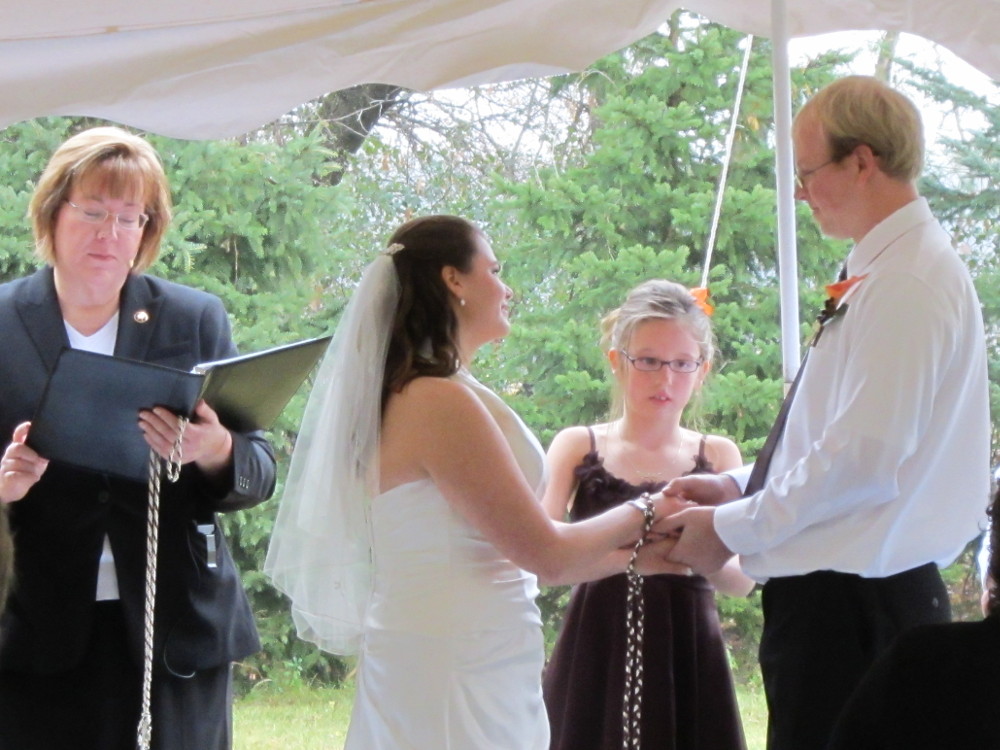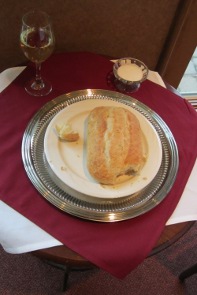Out With the Old and In With the New
Out with the old and in with the new is a sentiment often spoken as we approach the end of the year. Never was it more true than as we close out 2020 and look to the new year with hope. 2020 has been the strangest, most stressful year most of us have ever experienced. It seems years ago that we started the year with normal hopes and expectations for the beginning of a new decade. Then COVID arrived and everything changed.
Many couples with plans to marry in 2020 were left scrambling. They variously decided to hold their dates and modified guest lists, venues and more, or postponed to later in the year or to 2021. Some couples actually planned their wedding three times as postponements to later in 2020 needed to be moved into the next year as the pandemic raged on. Some lucky couples with summer wedding dates managed to hold their days mostly as planned, but even then masks, hand sanitizer and social distancing impacted the vision they had for their wedding day.
Throughout the year many couples chose a brief Marriage Certificate Signing option. This no ceremony option meets the legal requirements of marriage, but happens with just the couple and their required witnesses. We gather briefly, masked and distanced, and say the words necessary to join them in legal marriage. Couples chose this option for many reasons, but most of them were tied to the pandemic. In some cases, they wanted to hold their original wedding date, but plan to hold a celebration later. Other couples opted for a Certificate Signing due to job losses and the need to be eligible for their partner’s medical insurance. Still others worked in medical fields or simply feared the virus and wanted to have spousal privileges should they or their partner become ill.
All of these reasons reflect the state of our world today as our lives continue to be defined, or at least significantly impacted, by COVID-19. But as the year comes to a close, the phrase, “Out with the old and in with the new” takes on more meaning than usual. With vaccines beginning to be available we can see the proverbial light at the end of the tunnel. Newly engaged couples can begin planning the late 2021 or 2022 wedding they want with fewer concerns for the virus. Those who married this year in small to non-existent ceremonies can consider the outlines of a future celebration. Love always finds a way, as the many couples who found a way to marry this year can attest. Congratulations and best wishes to all the couples I married this year. May you share your stories of 2020 with generations to come, and remember the strange and unique year you began your marriage journey.


